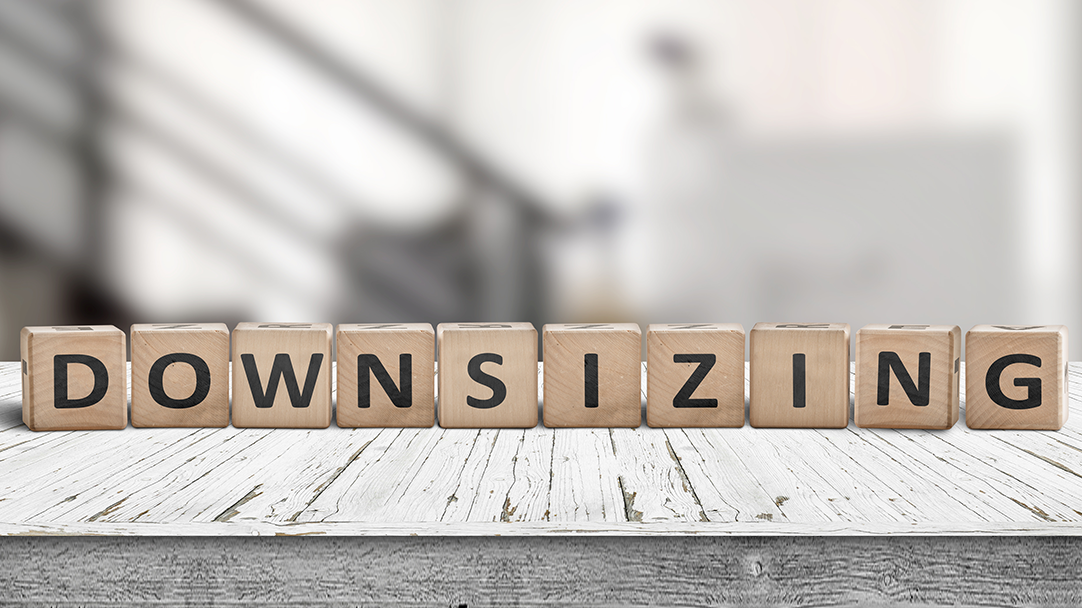How to flip a property for profit
‘Flipping’, ‘Trading’ and ‘Buy-to-Sell’ are all terms commonly used when describing a specific property investment strategy. The terminology we prefer is ‘Buy-to-Sell’ as it does exactly what it says on the tin. It is the strategy of buying a property to sell it on for a profit, usually involving some form of property refurbishment first. It can be a very lucrative property investment strategy.
Why would I want to flip property?
Tens of thousands can be made on a single successful flip if appropriately done, and this can then be reinvested into creating a rental portfolio for yourself. If possible, it is worth considering selling the property through a Limited Company as you may find paying corporation tax more tax-efficient than paying income tax. It is important to remember that we are not attempting to provide financial advice in this article. Always make sure you engage with a qualified professional when making an investment decision.
How do you give yourself the best chance of success with property flipping?
Use our guide below to identify the critical considerations before making any big decisions. Buy-to-Sell can be a highly profitable and relatively straight-forward strategy to replicate, but only if you take the time to do your research.
The top three things to consider before deciding on whether to purchase are property type, area, and situation.
1. Property type
Think about whom the property will appeal to. For example, a three-bedroom house will be more desirable to a broader range of prospective buyers than a top floor flat in a high-rise building. The desirability of the property could affect how long it takes to sell, which will ultimately have an impact on your profit margins. You will need to factor in general bills such as utilities and council tax, and six months of mortgage payments if a mortgage was required to secure the property. Sometimes bungalows can be a good investment provided you can add real value through renovation or extensions. Move-in ready properties often appeal to more buyers than properties that will require refurbishment.
2. The area
When considering potential locations to flip properties, it is essential to think about your potential customers. What are the factors that will appeal to them? The property may tick all their boxes, for example, it may have a garage, garden and en-suite, but if the property is in an area with a high crime rate, then you need to consider if are buyers still going to be interested. If you are selling slightly bigger properties to interest first or second-time buyers, then the facilities and infrastructure are going to be as valuable as the property. Think about ease of access to the area; can you travel there by road, local bus or on train service. A less desirable house in a good street may be a better investment than a lovely property in a rougher neighbourhood as properties can always be refurbished, but you can’t pick them up and move them to a better area.
3. Seller’s Situation
The ideal situation for property flipping is when you are in a strong financial position and able to act quickly, and you find someone that needs to sell fast. Quick sales benefit you as a trader as you avoid properties that are tied into a chain of transactions but also helps the seller by allowing them to move on and reduce their expenditures. Often there is value to be added to properties that have been in long tenancies or when the owner has lived there without updating for an extended period. These types of properties are extremely sought after and can sometimes attract strong competition. Do not be lulled into a bidding war with someone that is willing to pay over the odds as they will often be less experienced or seeking less profit. Other bidders could genuinely be interested in living in the property, or they haven’t worked out their costings properly and are making a stupid decision. If the property can be updated or refurbished, generally speaking, the profits you see will be good provided you buy at the appropriate price, manage renovation costs effectively, and secure a good sale price. If you don’t believe you can do this, it is better to walk away and find a different property to invest in.
How to flip the property
Before fully committing to a sale you must double-check all of your figures, making sure you have an educated projected sale price as well as being realistic about the amount you will sell on for. It is reckless to say you will achieve £25k over the sales of comparable properties in the area just because of your personality. You must compare like for like in the area, and that’s where online resources are your friend. Websites like Zoopla will show you the recent sale prices of property in the neighbourhood and the current trends in that area. Price check your property with properties that match what you are trying to achieve to establish a realistic sale price. Once you determine your end goal price, you should work on getting quotes for the renovation costs. Make sure you get at least three quotes to ensure you are getting value for money. It can be cheaper to hire individual tradespeople and project manage the project yourself. However, it may be easier to hire one contractor to manage the whole project, allow you the freedom to source your next project. Sometimes traders will require a minimum return on investment (ROI) when contemplating taking on a buy-to-sell project. Don’t forget to factor in the appropriate stamp duty, buying and selling costs, and general utilities as well as professional fees. You will also need to take into account the interest you will pay on any finance you need to fund the project.
It is also wise to consider the implications of proceeding with one property sale over another. You would be surprised by the number of traders that will buy-to-sell, do the work themselves and then expect a high profit only to be disappointed because they didn’t do their research or know their top line figures. To minimise risk in your investments, you need to take the time work your numbers, find tradespeople you trust and respect, and remove the emotion from your decision-making process. When you have your figures, it will be easier for you to work backwards to decide an offer price, which will allow you to meet your ROI expectations.
Although every property flip is different, the fundamentals for property flipping remain the same:
– Add value to the property without over-stretching your budget.
– Sell for the best possible price without being over-ambitious.
– Pay a sensible and well thought out purchase price.
The list above is very simplistic, but it shows you the key areas for consideration. People often think anyone can flip property, and they probably could, but to flip a property effectively, you need to be strategic with your decision making. The reality is most people won’t ever give property flipping a thought, but you are reading this article so you are obviously interested and we want to provide you with the tools for success. Good luck and please let us know of your success.
If you are interested in property and would like to discuss working together in your property journey, please click the link below to book a call.



